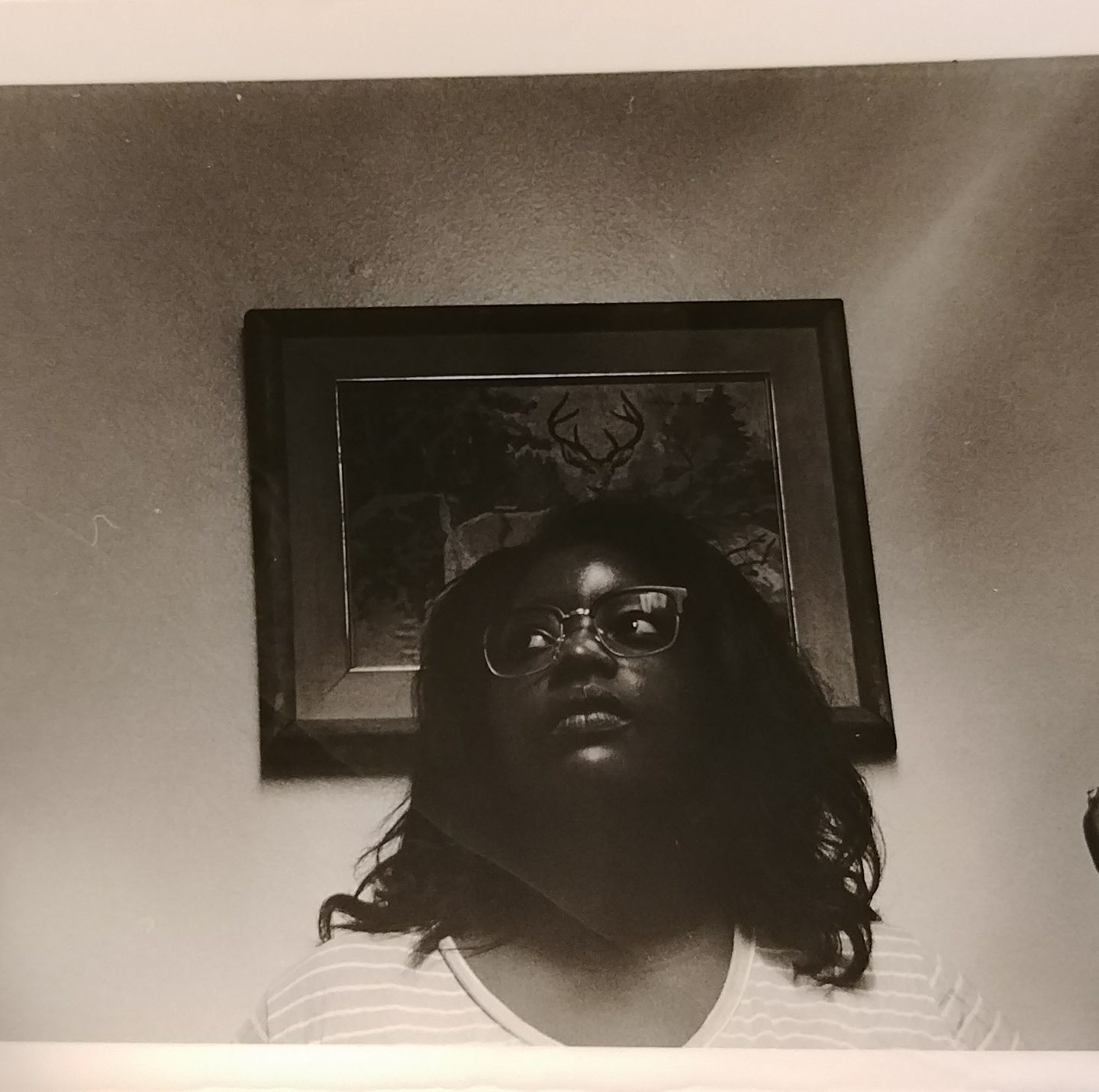“Girl”
“Girl—”
A whisper.
“Girl.”
Transcends the barriers of cubicles.
Traverses rivers of rank.
Tears down the formality of office-place, common-place speech.
“Girl…”
Is at once risk-taking
Friend-making
Ally-forming
Secret handshake on a school playground.
“Girl”
Is treason.

Hi! Welcome to my Practicum Project! This past summer (2017) I worked concurrently at Centerstone Research Center and the Nashville Area Chamber of Commerce. I had a wonderful experience at both locations, but continually noticed throughout my summer adventures that there were not a lot of people who looked like me or could claim the intersectionality that I do on a daily basis. Because of my access to conversations with education organizations, the local school district, and push-in service providers, I began to place myself in the context of a city which echoes the cries of a Nation for increased diversity in classrooms and educational organizations, yet is a far cry from accomplishing this feat. From my perspective as a minority working in education, the diversity we discuss and the diversity that results from these conversations could not be more different or ineffective.
In early September, Metro Nashville Public Schools announced that they received Phase 1 of a state-wide diversity initiative in the amount of $35,000. In a press release on the Tennessee Department of Education website, Nashville is listed among four other districts as part of the “Diversity Innovation Planning Grant,” designed to make the teaching force reflect the changing demographics of the communities they serve. However, diversity of the teaching staff is not the only salient issue affecting schools today. In fact, one must call into question the diversity of local non-profit educational organizations, administrative staff, and for-profit educational organizations and their boards. A critique of the culture and visibility of organizations which are both within schools and make financial and physical contributions to their continuation is vital if we are to address diversity in schools at the micro level. Without this departure for self-reflection, diversity investments are not sustainable or meaningful. Furthermore, this lack of representation not only speaks to a perceived pipeline issue of minority talent, but a historic one which does little to recognize the contributions of people of color.
